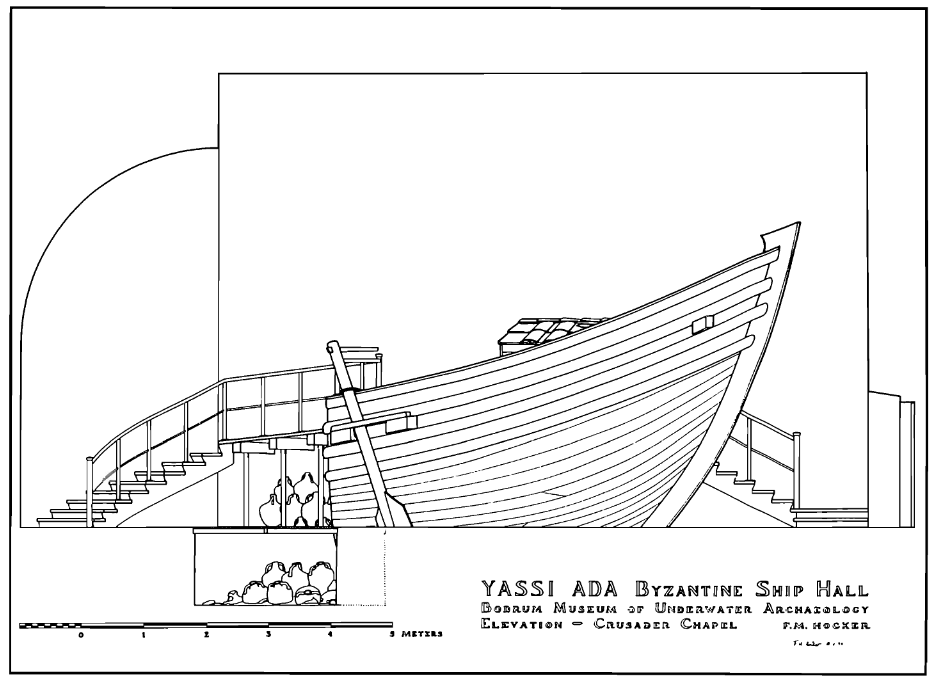Abstract
Mesopotamian cuneiform texts speak of a complex and well-organized trade on the Euphrates and Tigris Rivers where boats of wooden construction were employed. From the evidence it appears that Meluhhan and Dilmunite traders had an important role in the Arabian Gulf trade especially during the second half of the third millennium B.C. It is possible that the boat designs and techniques used in the third millennium B.C. are no longer present in traditional boats of present-day Iraq and those of oceangoing vessels sailing in the modern day Arabian Gulf. Based on iconographic evidence, it seems that Mesopotamian riverboats had flat bottoms and high curving ends, with a stem often ending in an elaborate design. Cultic vessels imitated the shape of a papyriform vessel. The riverine vessels in practical use described in texts, such as AO 5673, most probably had square ends. The use of bitumen might have allowed the Mesopotamian shipwrights to build hulls in which watertightness (before the application of a bitumen layer) was not the primary concern. Mesopotamian textual evidence from the third millennium B.C. does not provide conclusive evidence as to which edge-joining methods, if any, were used. Traditional modern-day Mesopotamian riverboats, some of which seem to be clear descendants of the ancient vessels depicted in seals and boat models, do not employ edge-joining methods. Instead, they are built according to a technique where the planking is nailed to the frames. In spite of textual references to "backbone" and "ribs," it is unclear whether Mesopotamian ships had an elaborate internal framework connected to a keel. It is probable that these vessels had a keel plank or a flat floor similar to certain traditional modern-day riverboats. Structural elements evident from the texts are beams and longitudinal strengthening timbers or stringers. It also seems clear that there were floor timbers and probably frames giving extra support to the hull.
Read the full thesis here: https://oaktrust.library.tamu.edu/bitstream/handle/1969.1/ETD-TAMU-2002-THESIS-M354/2002%20Thesis%20M354.pdf?sequence=1&isAllowed=y
Or download the PDF-file here: ![]() tommi_2002_thesis_m354.pdf
tommi_2002_thesis_m354.pdf















